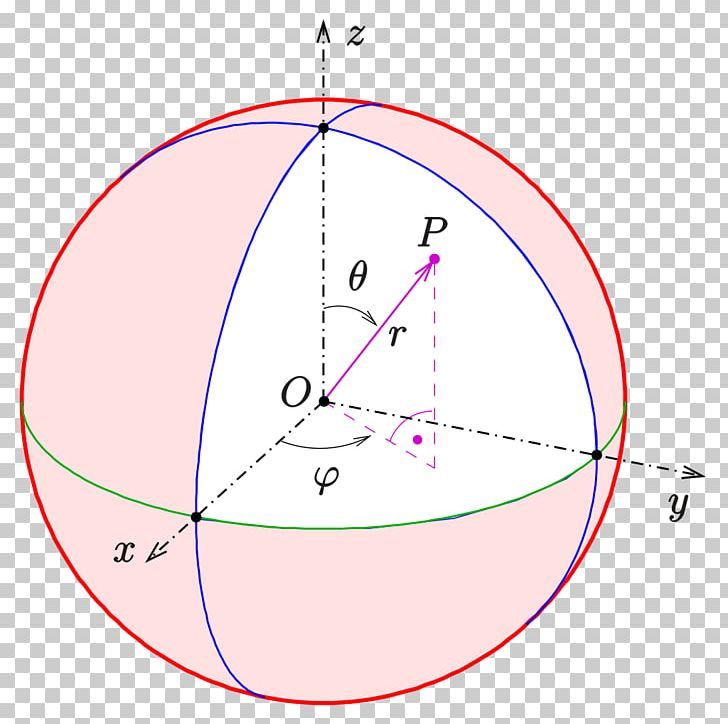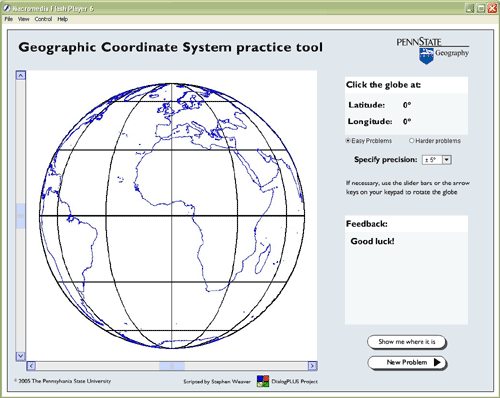

In order to study the effects of waves on offshore structures, the wave’s motion and amplitude must be represented mathematically. When ocean waves interact with floating or submerged bodies, they cause them to move if the wave frequency is high enough. Also, when a musical instrument is being played, sound waves spread throughout the room. For example, the energy from the sun is transmitted by waves in the atmosphere. Wave motion is regarded as one form of energy transmission. In OFFPIPE, the vertical soil reaction is calculated by assuming that the soil is linearly elastic, whereas, in Orcaflex, a more sophisticated nonlinear model is used whereby the pipeline embedment can be predicted to some degree of accuracy (but is, to the best of my knowledge, still experimental).Ībove water, the dynamic load comes primarily from the wave-induced vessel motions, which are calculated by using the vessel’s characteristic transfer functions, known as Response Amplitude Operators (RAOs). Then, however, as we are working on finite elements, the cross-sections of the element beams cannot be regarded as wetted surfaces, so we compensate for these compressive hydrostatic forces (implicitly acting upon the cross sections) by axial tension forces that are added to the other internal tensile forces.ĭue to wave and current, the hydrodynamic loads are acting in the unsupported span and are composed of inertia and drag force components (Morison equation).īeyond the touchdown point (TDP), the pipeline is treated differently according to the seabed interaction model used. According to the Gaussian theorem, this surface force can be converted into a body force (buoyancy) acting in the vertical direction. The hydrostatic load is acting only on the wetted surfaces, normal to the pipe axis.

The changing position of each origin of the local coordinates is identified with respect to the global coordinates thereby we have a different profile (elastic curve) at each timestep that is plotted against the global coordinates. See figure 1.Ī global coordinate system is fixed somewhere according to the procedure used. At each timestep, we get a new pipeline configuration, with the local set of axes rotating and translating to the new location, where it will be used to calculate the new configuration in the next timestep, and so on and so forth. The non-linearity of the large displacement is overcome by discretizing the pipeline into finite element beams, each one of which has a local set of axes. To perform a dynamic analysis, we solve the differential equation in time. As a result, we get the static configuration, which is used later in the dynamic analysis. In a finite-element model, a static analysis is performed by solving the above differential equation with respect to the curve length, with the time being constant. Rearranging the above equation, we can bring the second and third terms to the RHS with minus signs so that the LHS represents the inertia force, ma, and the RHS represents all the total force, including those forces causing movement, F and Ku, and those resisting movements, Cu̇. The second and the third terms of the left-hand side (LHS) represent the damping and restoring forces, respectively, where, C is the damping coefficient, and K is the stiffness coefficient.

Represents acceleration expressed as the second derivative of the displacement u and is the mass matrix. This equation is nothing more than Newton equation of motion, F=ma here, however, ü There are a number of ways to formulate the differential equation of motion at the end of the day, however, we will reach a matrix equation of the following general form: The pipe-laying stress analysis can be understood by considering the pipeline as a slender beam that is fixed at both ends and subjected to large deflection. By large deflection, I mean (among other things) that my calculations deal with the true locations of the forces at time t, not the original locations.ĭuring laying, the pipeline is subjected to cyclic loads and thus oscillation movements.


 0 kommentar(er)
0 kommentar(er)
